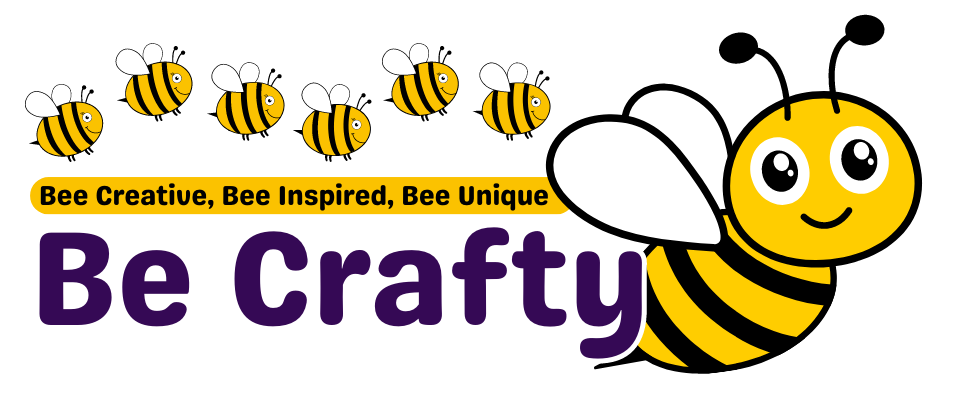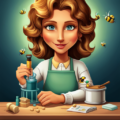Quilling, also known as paper filigree, is an intricate and delicate art form that involves rolling, shaping, and gluing strips of paper to create beautiful designs. One of the most challenging and rewarding subjects for quilling artists is the human face. Creating realistic and expressive portraits and figures using advanced quilling techniques can result in stunning works of art that showcase the full potential of this versatile medium.
The first step in creating a quilled human face pattern is to choose a reference image or sketch out a design. This will act as a guideline for placing the individual paper strips. It’s essential to pay close attention to the contours and shadows in the face, as these will help give the final piece depth and realism. Once a design has been chosen, it’s time to select the appropriate colors of paper strips. It’s best to use several shades of each color to create a more natural look and help emphasize the shadows and highlights.
To create the facial features, start by rolling tight coils of paper using a quilling tool or toothpick. These coils can then be shaped into various forms such as teardrops, marquises, or crescents to represent different aspects of the face. For example, teardrop shapes can be used for eyes, while crescent shapes can form the curve of a cheek or chin.
When placing the paper strips, it’s important to follow the contours of the face carefully. This will help create a more realistic representation of the subject. Start by outlining the major features such as the eyes, nose, mouth, and ears with thin strips of paper. Then, gradually build up layers of paper to add depth and dimension to these areas.
To create texture in areas such as hair or clothing, use techniques like fringing or crimping. Fringing involves cutting small slits along one edge of a paper strip before rolling it up into a coil. This creates a fluffy, fringed appearance that can be used to represent hair or fur. Crimping, on the other hand, involves using a special tool to create a zigzag pattern in the paper strip before rolling it up. This can add texture and interest to areas such as clothing or accessories.
One advanced quilling technique that can be used to create intricate facial features is the husking method. This involves wrapping a paper strip around pins placed in a specific pattern on a corkboard or foam sheet. The pins help guide the shape of the paper strip, allowing for more precise control over the final form. This technique is particularly useful for creating delicate details such as eyelashes or the folds of skin around the eyes and mouth.
Once all the facial features have been created and placed, it’s important to step back and assess the overall composition. Make any necessary adjustments to ensure that the face looks balanced and harmonious. Finally, carefully glue down all the paper strips using a fine-tipped glue applicator or toothpick.
Creating a quilled human face pattern is a challenging but rewarding endeavor that requires patience, skill, and attention to detail. With practice and perseverance, artists can achieve stunning results that showcase the full potential of quilling as an art form.



